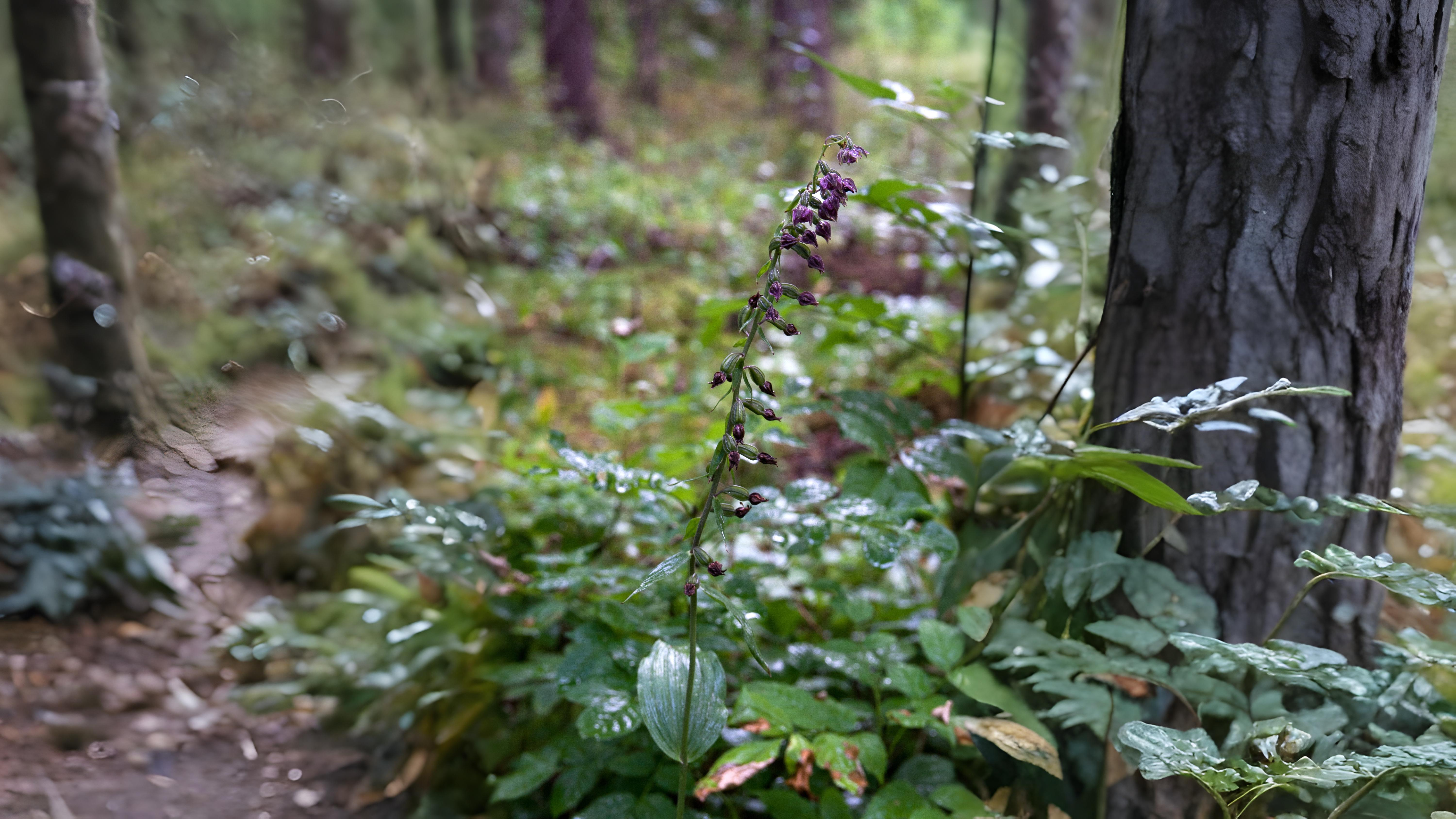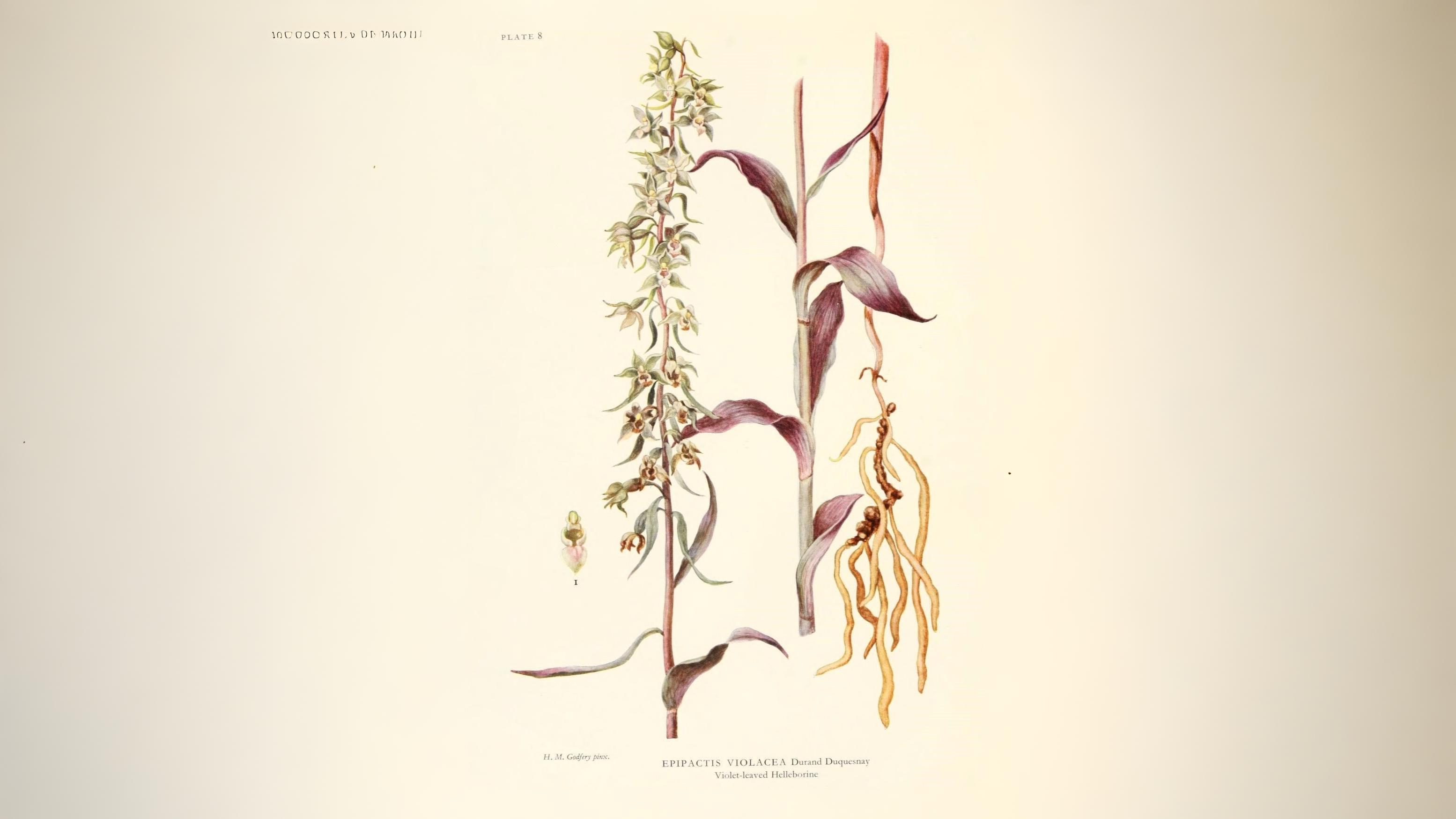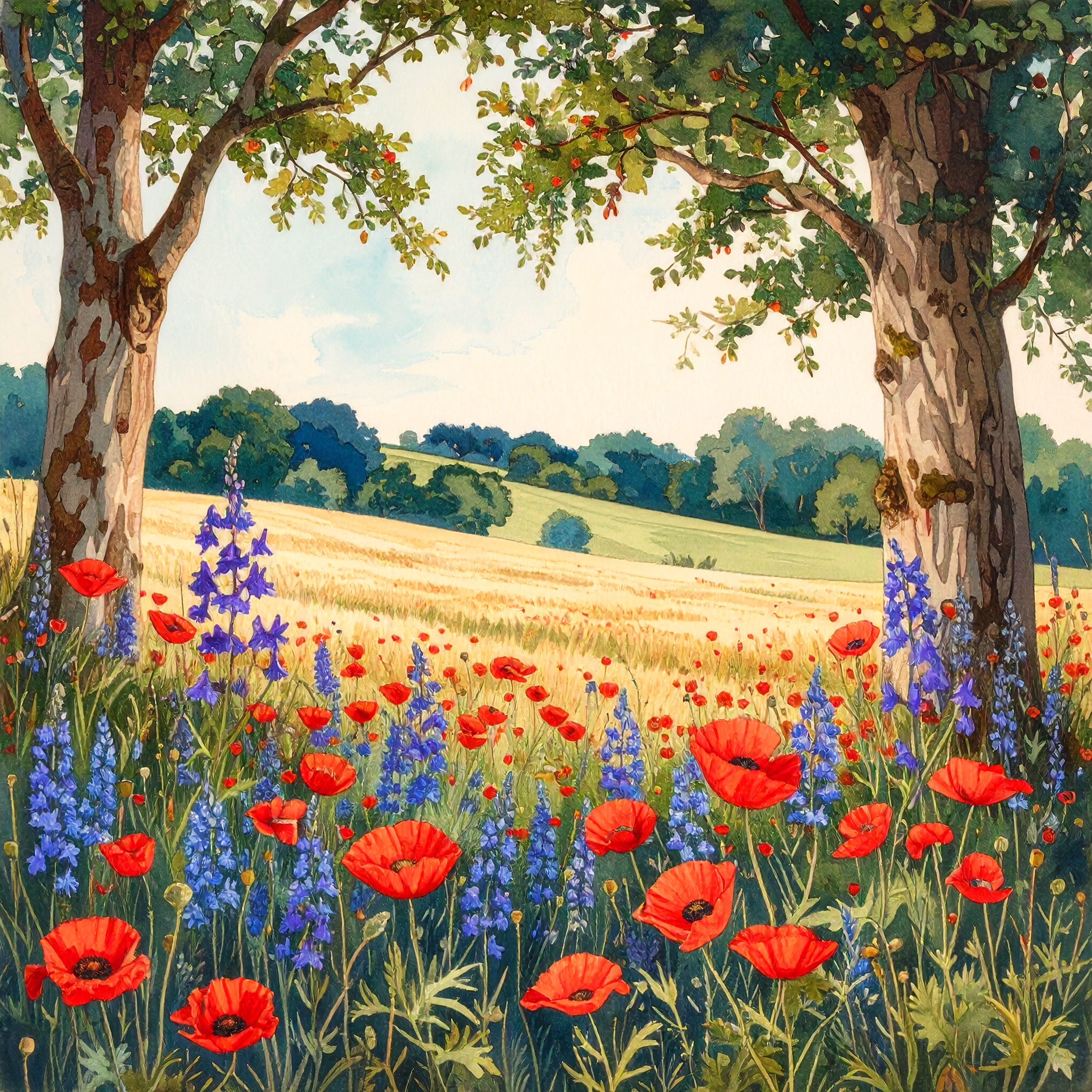
Before herbicides, July fields near London blazed scarlet with poppies, blue with cornflowers, and pink with corncockles—a lost spectacle now clinging to life in forgotten chalky corners. But hidden among today’s golden monotony, rare survivors whisper of the past: pheasant’s eye, glowing like Adonis’s blood, and elusive orchids that mimic bees or glow ghostly violet in ancient woods. Return on 14 July to uncover these vanishing wonders—and the mythic marsh helleborines that intoxicate wasps with their beauty.
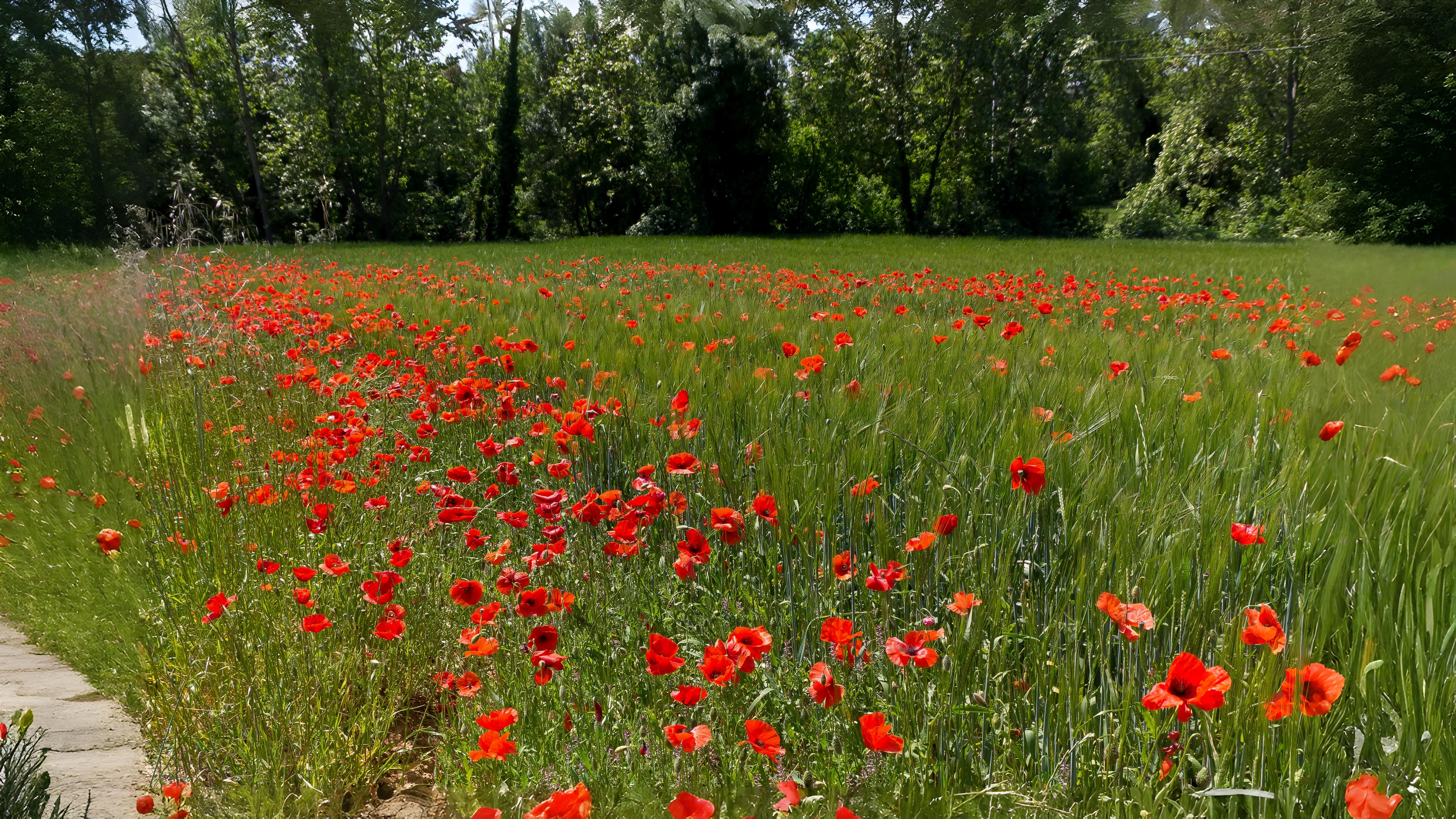

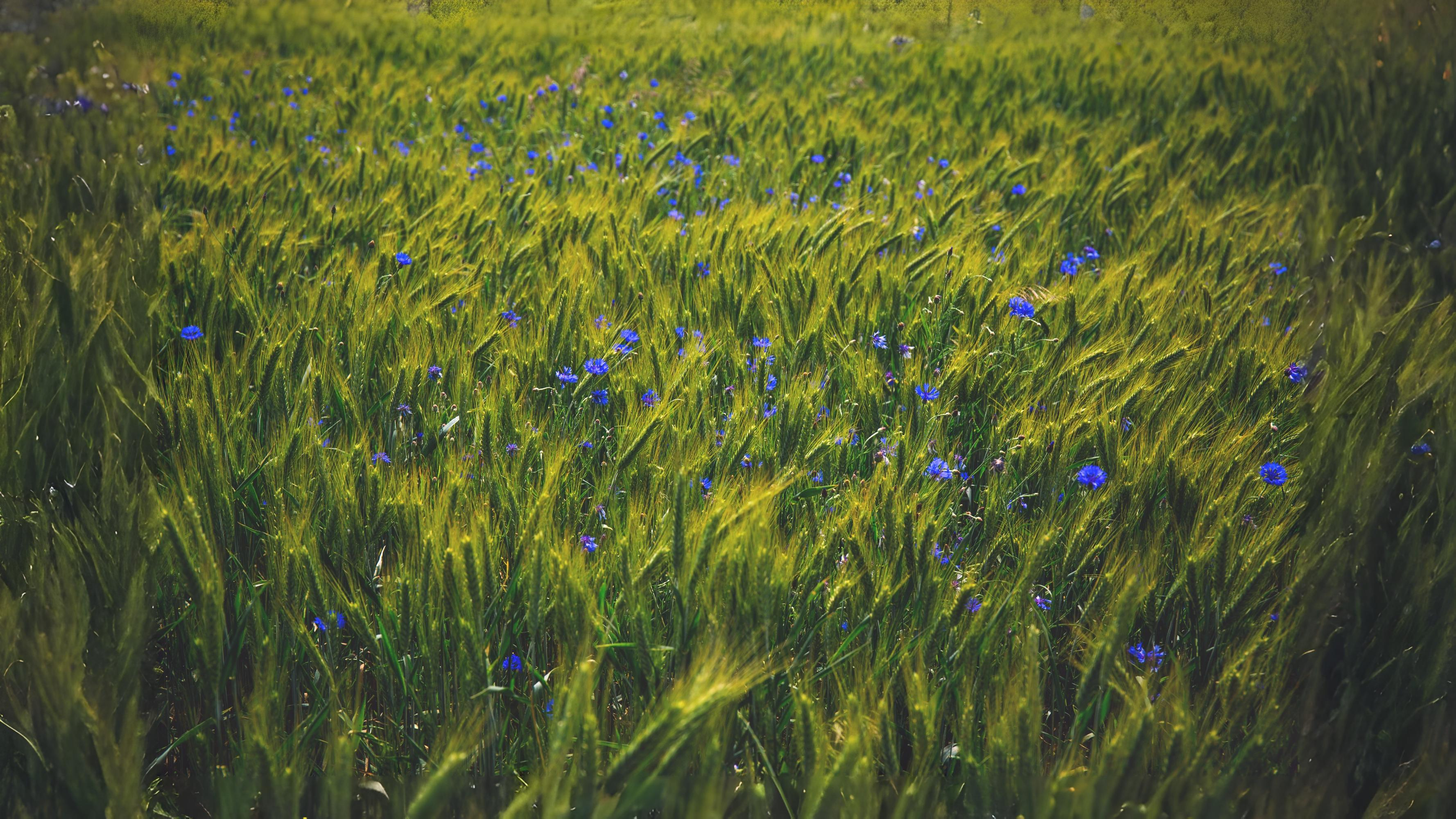

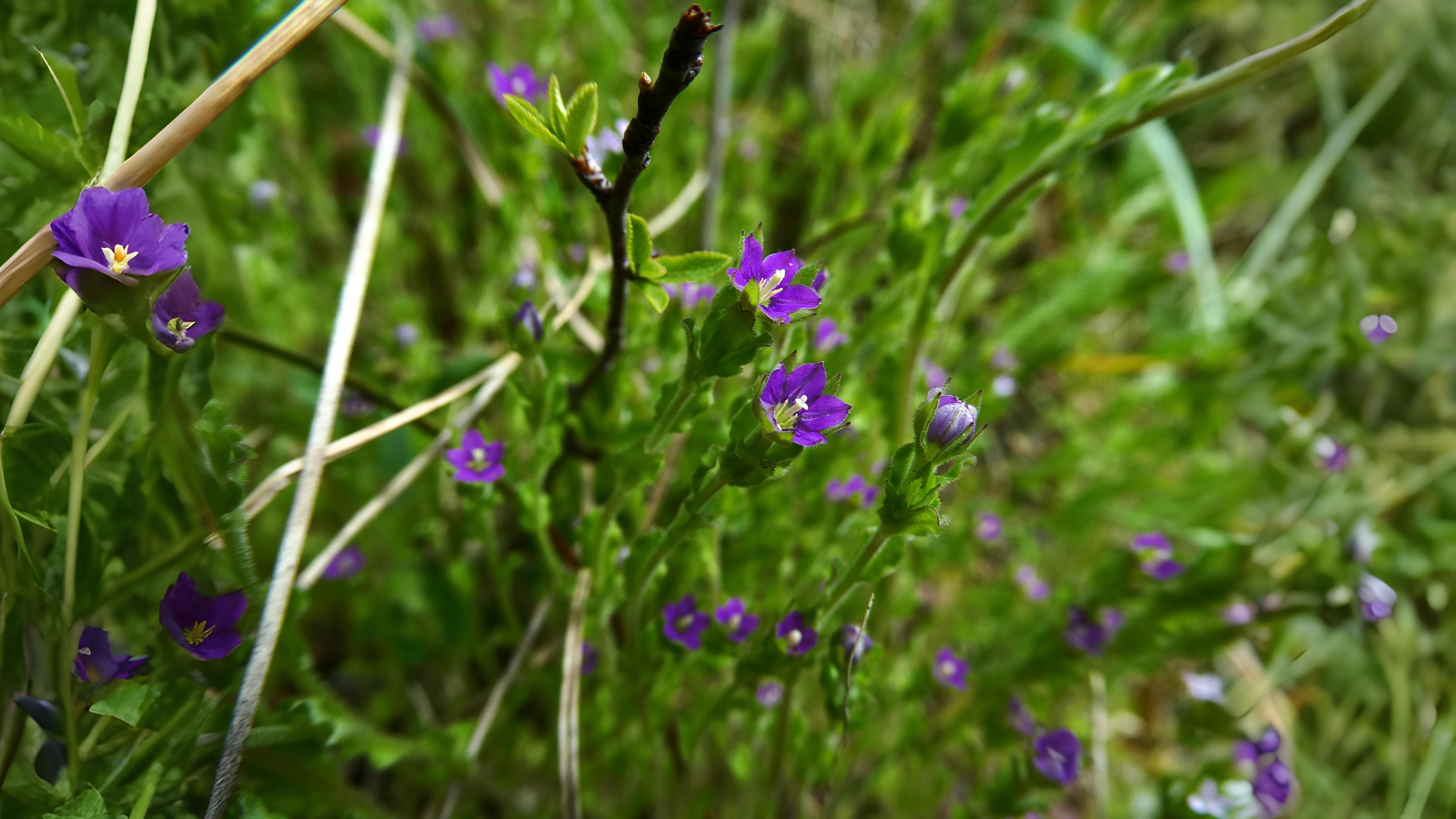

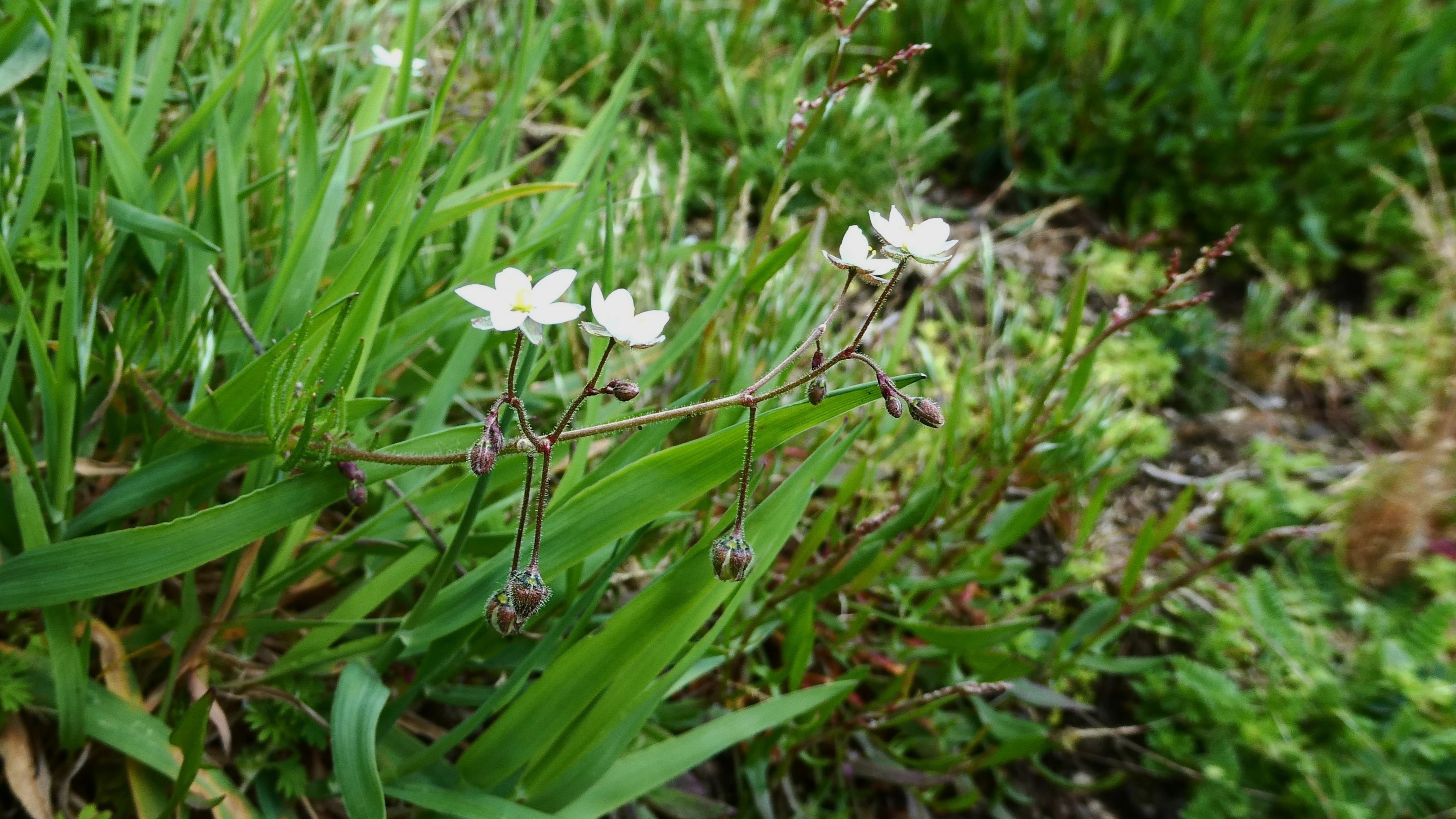

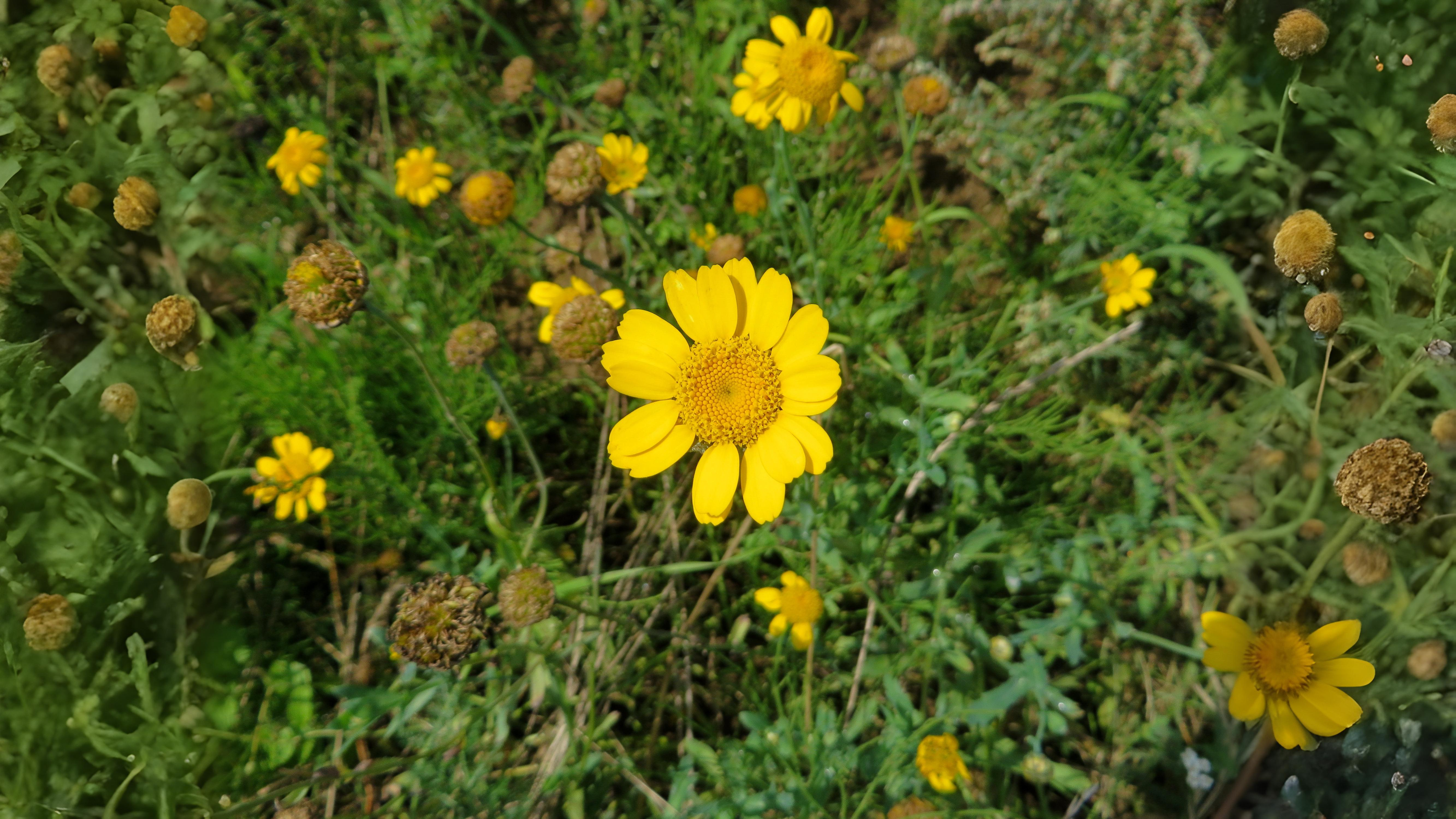

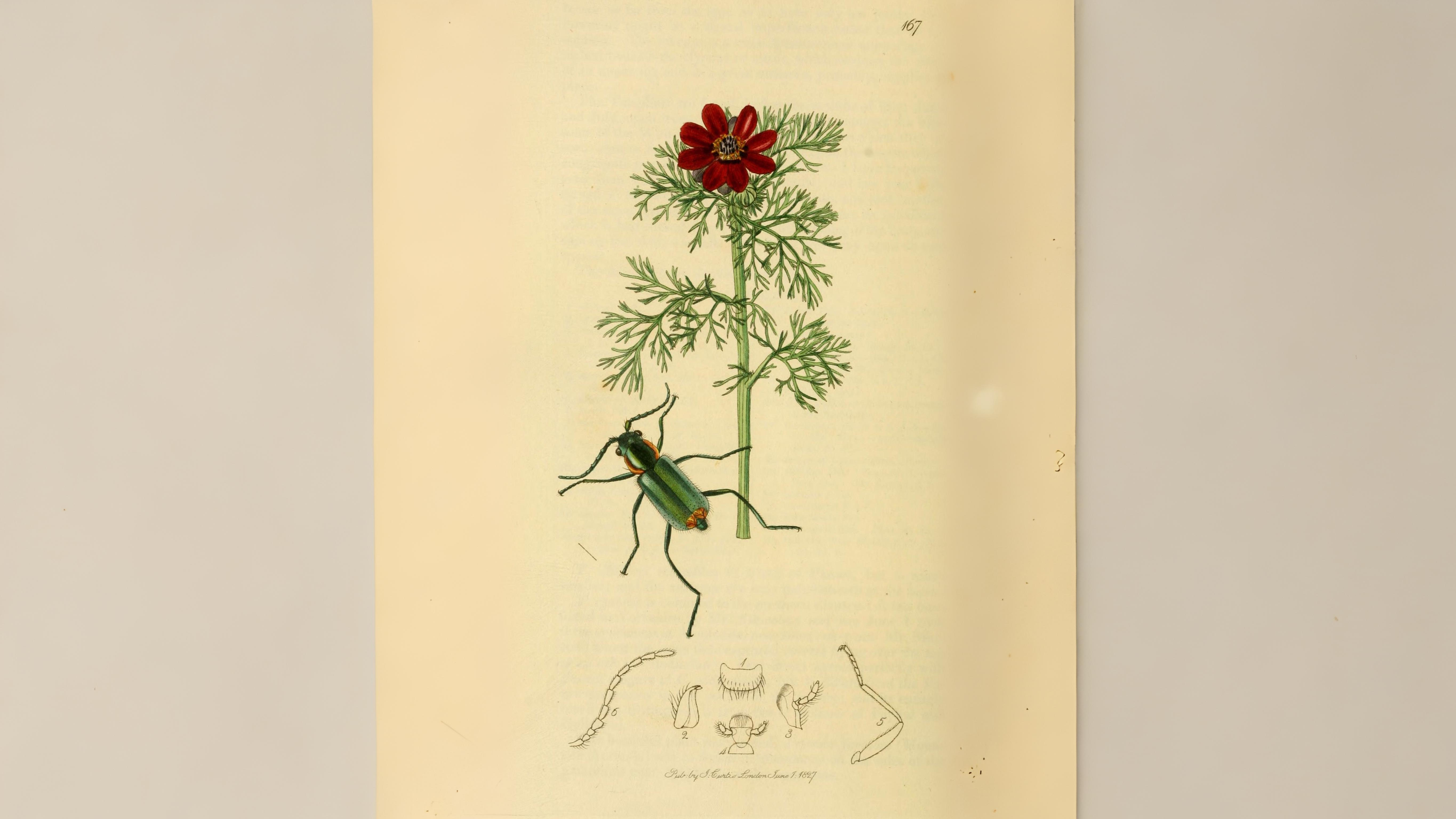

Consequently, this is the best time to look for our most common helleborine, the broad-leaved helleborine Epipactis helleborine. It prefers the edges of shady paths in beech woodland, along the north downs. It tends to be local and, even when present, there are never many plants. The much rarer green or pendulous-flowered helleborine E. phyllanthes likes woods with even more shade where it seems happy enough to compete with ivy. It is a small, delicate orchid with drooping green flowers which hardly seem to open. It tends to grow alone, with as little as three or four leaves, but may possibly still be found on the extreme eastern edge of London. It is also just possible the narrow-lipped helleborine E. leptochila may also still occur.
